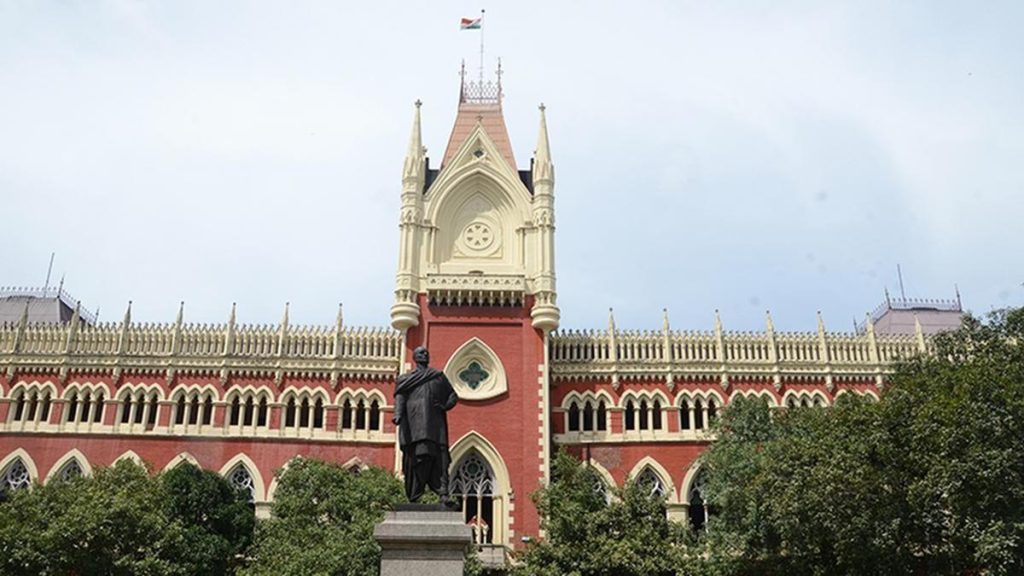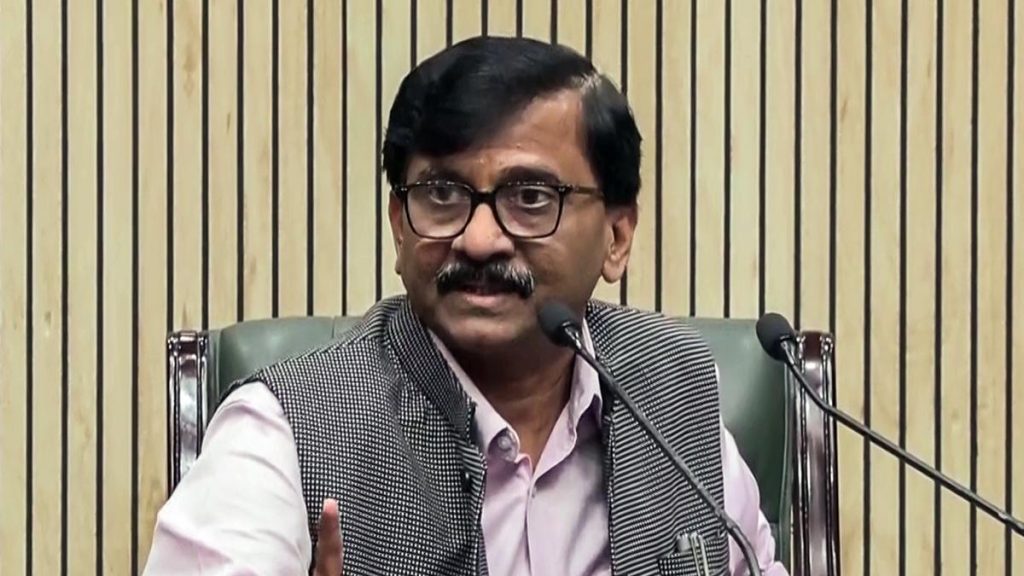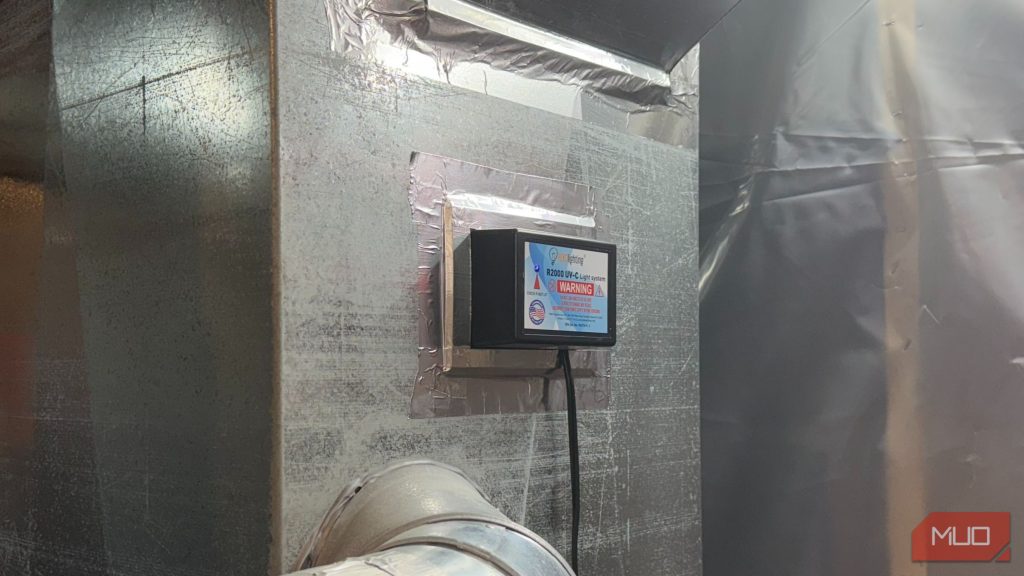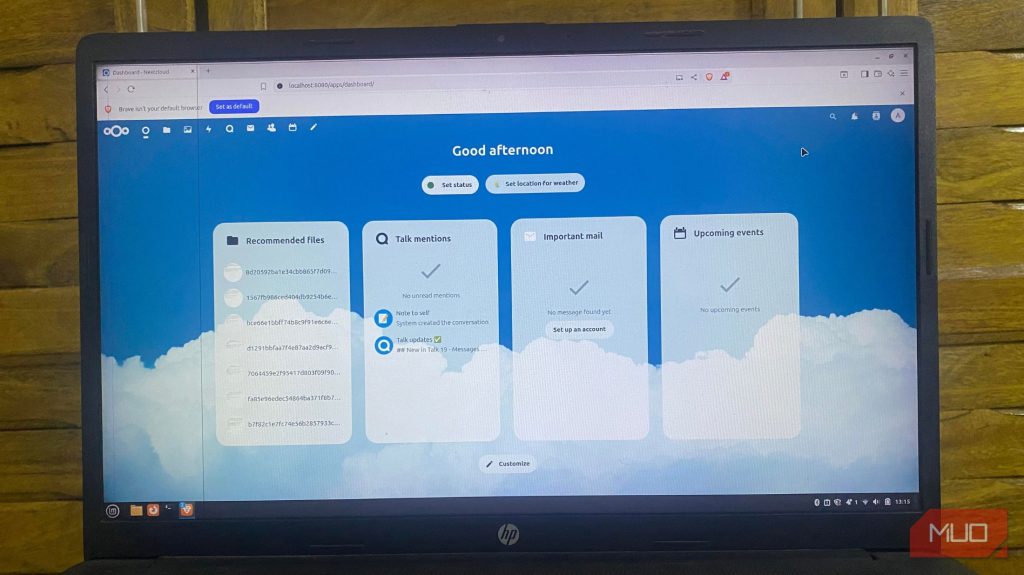Now Reading: Game-Changing Device Emerges as Generator Alternative
-
01
Game-Changing Device Emerges as Generator Alternative
Game-Changing Device Emerges as Generator Alternative

Rapid Summary
- Portable power stations are increasingly replacing conventional fuel-powered generators due to advantages like quiet operation and instant switchover capabilities.
- EcoFlow River 3 Plus offers less than 10 milliseconds of UPS switchover, ensuring uninterrupted power for connected devices during outages.
- These stations operate at under 30 decibels, making them quieter than generators (60-90 dB) and ideal for home use or travel purposes.
- Many portable power stations use lithium iron phosphate batteries (LiFePO₄), providing longevity of 2,000-6,000 charge cycles-lasting up to a decade with daily use.
- Devices come in a range of capacities:
– Small units (100-500 wh) support basic appliances like phones, Wi-Fi routers, and laptops.
– Mid-range models (500-1,500 Wh) can run mini-fridges or microwaves.
– High-capacity options (>1,500 Wh) power entire households during outages or heavy appliances such as space heaters and sump pumps.
- Expandable modular designs let users increase storage capacity based on demand without buying new systems entirely. Units allow additional stacked batteries seamlessly.
- Charging versatility includes wall outlets (<2-hour recharge), solar panels (~3-6 hours), or car adapters (~10+ hours). Wall charging remains the fastest option.
Images included: Portable Power Station EcoFlow, fanttik EVO Station, EcoFlow Charging Electronics.
indian Opinion Analysis
The growing adoption of portable power stations highlights promising advancements in energy technology that could benefit India greatly. In regions where electricity infrastructure is unreliable – such as parts of rural India – these devices provide instant backup solutions without the drawbacks associated with fuel-powered generators: noise pollution and dependence on fossil fuels. Additionally,the modularity feature can be cost-effective for households that wish to scale their energy needs gradually rather of investing heavily upfront.
India’s transition towards renewable energy aligns well with the solar charging capabilities offered by these devices; however, faster solar panel developments remain crucial to shorten recharge times efficiently across varying geographic locations. The lithium iron phosphate battery technology also represents an appealing solution for longer-lasting performance geared toward enduring practices.
While current prices make high-capacity models less accessible for average consumers in India, smaller units might gain traction within urban homes as alternatives to conventional UPS systems used during blackouts. If production costs drop further due to technological innovation or increased competition globally-a scenario likely over time-these products could integrate well into India’s energy landscape economically.



























